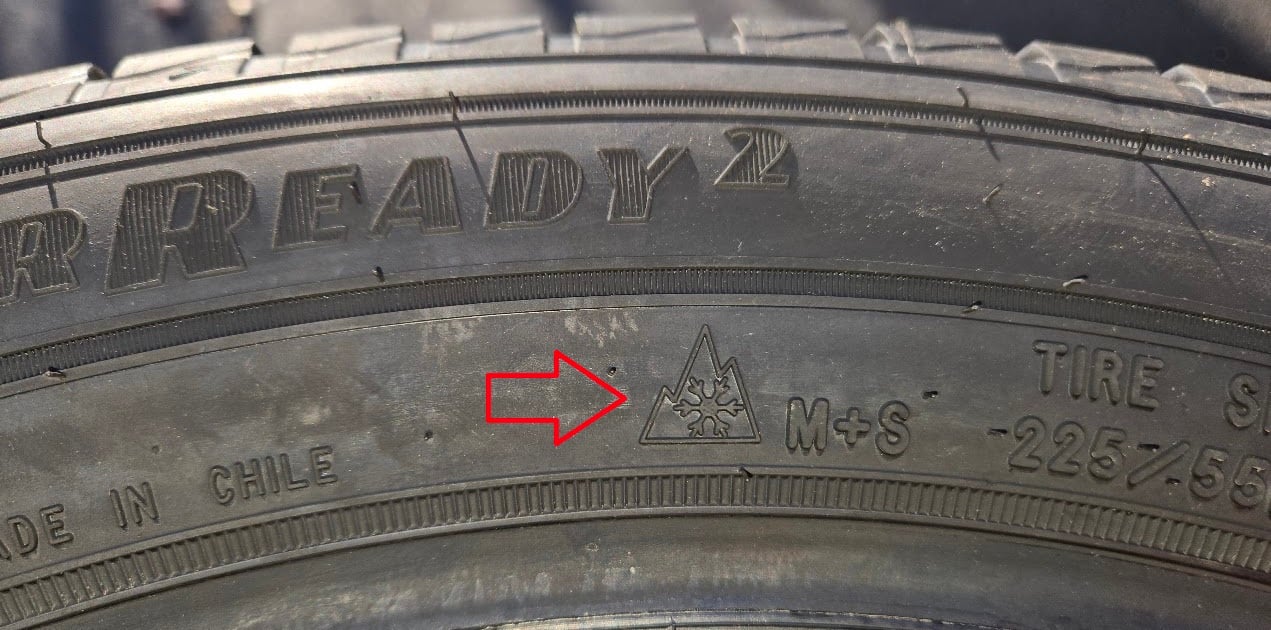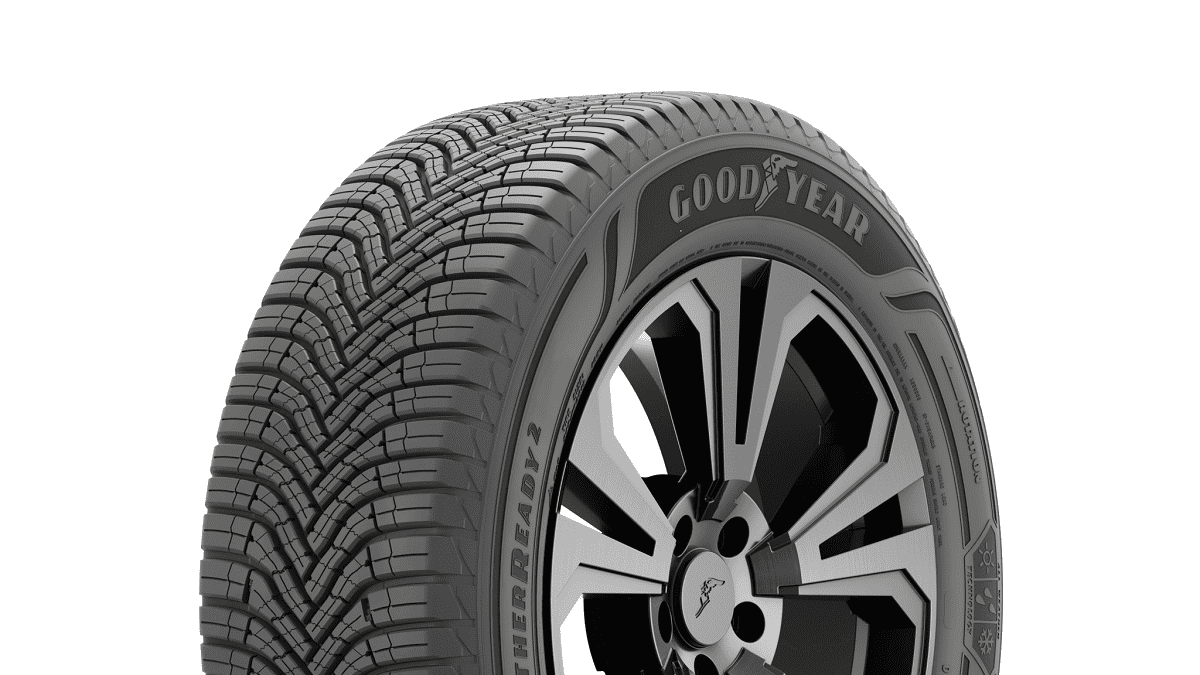Shoppers who want better, safer tires for winter travel now have a decision to make before they opt for a specific brand or model. A few years back, tire manufacturers began to produce a subset of tires that are all-season designs but with better winter capabilities. We call this type of tire an all-weather tire. These tires carry the very same three-peak mountain snowflake symbol on their sidewalls that winter tires sport. This symbol denotes a severe snow-duty rating. So, what’s the difference between the two, and how should a shopper decide which to buy?

All-Weather vs. Winter Tires - Design Comparison
Goodyear says that the tread composition is a key difference between these types of tires. All-weather tires like Goodyear’s WeatherReady2 provide good traction in a variety of different weather conditions due to their optimized tread pattern and compound. By contrast, winter tires like Goodyear WinterCommand are the best pick for harsh snow conditions. For drivers who often need to drive on ice or in icy weather, studded snow tires are the final step up the ladder of winter competence.
Why Not Use Winter Tires All Year Long?
Winter tires are acceptably safe in all weather, but they are not the best solution for warmer weather use for important reasons. The rubber compound used on winter tires is softer than all-season tires, allowing the rubber more ability to flex, and the tread is designed to bite into snow and ice. Using that same softer softer rubber on dry pavement results in less precise handling and responsiveness. Winter compounds also wear very quickly in warm, dry weather. This would result in an unhappy customer due to short tire life.

What Type of Driver Is a Good Candidate For All-Weather Tires?
All-weather tires like the Goodyear Assurance WeatherReady2 work well for those who will need to drive occasionally during winter storms and before roads have been cleared and treated. If you commute in moderately bad winter weather, these tires will help keep you safer on the road in winter by comparison to traditional all-season touring tires. These tires work very well for drivers of sedans, coupes, minivans, and crossovers. The biggest advantage of using all-weather tires is that you can run them all year and not have to swap on and off winter tires.
What Type of Driver Is a Good Candidate For Winter Tires?
If you must head out into a severe storm, particularly when it is icy, dedicated winter tires are safer than any other alternative. If you are a medical worker or first responder who is expected to arrive on time regardless of weather conditions, this tire is your best bet. Winter tires also work well for those who ski and often drive in severe winter weather by choice. Finally, if you have a cabin or rural home you visit where private roads are not cleared as often or as well as municipality-maintained roads, winter tires are a must. Winter tires can work on practically any vehicle, and they are superior in winter on snow and ice-covered roads to the all-terrain tires many SUVs and pickup trucks use in spring, summer, and fall. If you know that ice will be a challenge on your drives, studded snow tires are the very best option. However, studded tires are loud, not ideal for dry conditions, and are prohibited in some areas during certain months.
If you'd like to add a comment under this story, please note that our comments section has returned and is in bold red at the bottom of the page.
John Goreham is a credentialed New England Motor Press Association member and expert vehicle tester. John completed an engineering program with a focus on electric vehicles, followed by two decades of work in high-tech, biopharma, and the automotive supply chain before becoming a news contributor. He is a member of the Society of Automotive Engineers (SAE int). In addition to his eleven years of work at Torque News, John has published thousands of articles and reviews at American news outlets. He is known for offering unfiltered opinions on vehicle topics. You can connect with John on Linkedin and follow his work on our X channel. Please note that stories carrying John's by-line are never AI-generated, but he does employ Grammarly grammar and punctuation software when proofreading.
Tire images courtesy of Goodyear. Image of 3PMSF symbol by John Goreham.












